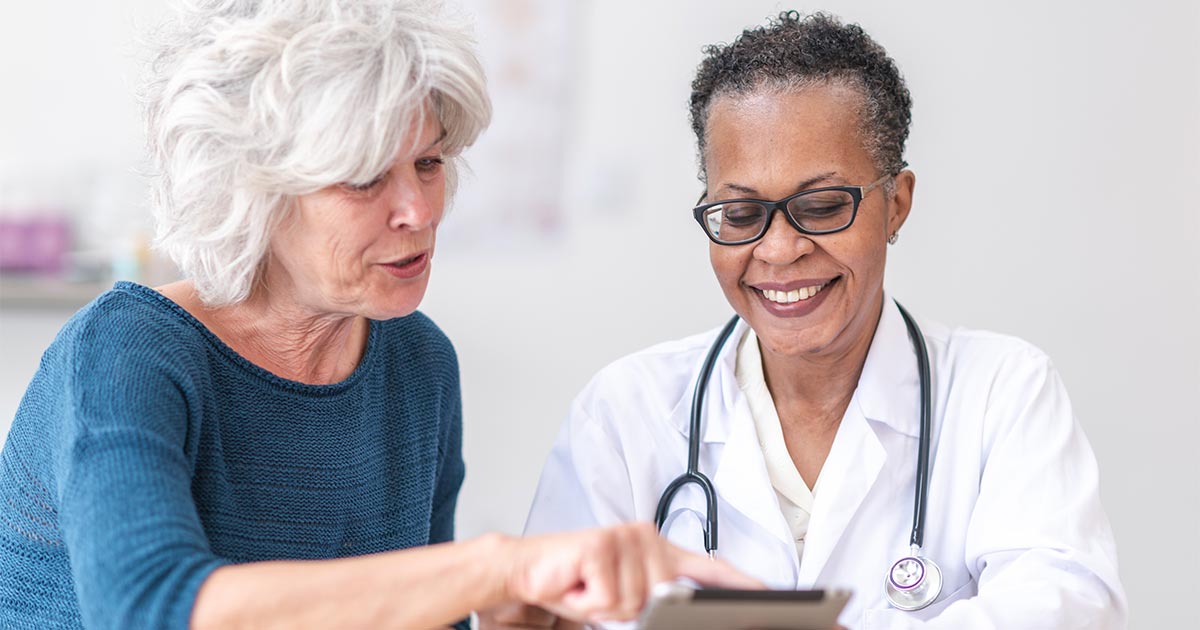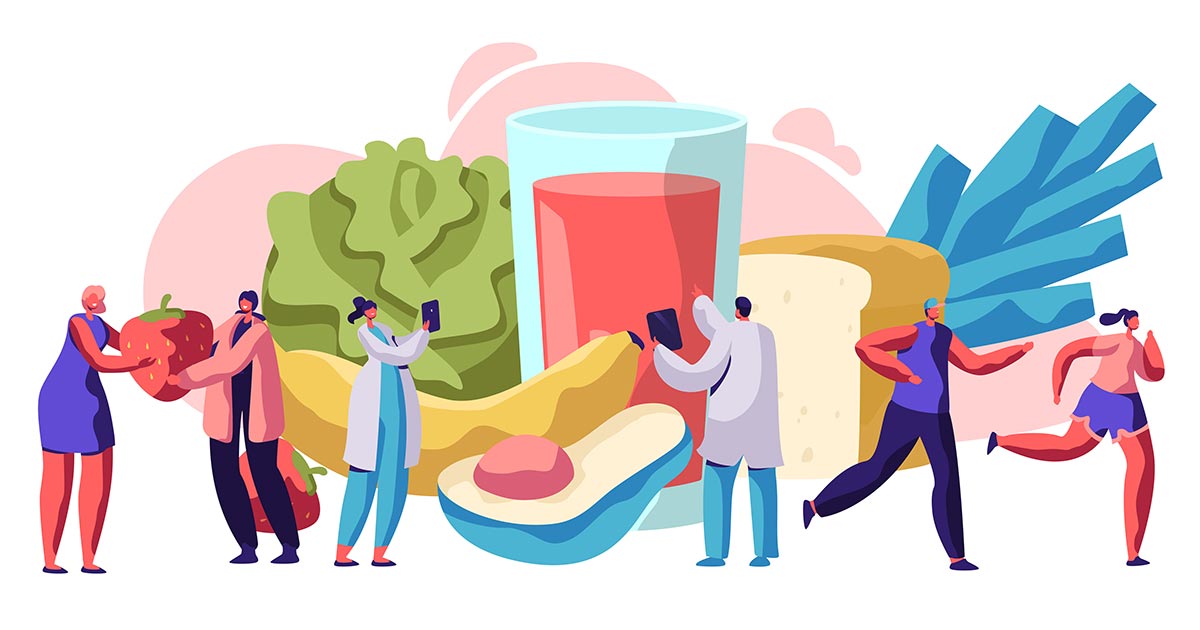Why Vitamin D Is Important and How to Know If You Need More
Advice to improve your movement, fitness, and overall health from the world's #1 in orthopedics.
Most of us know by now that vitamin D is good for us—especially in the winter, when sunlight (our main source of it) is hard to come by. But many of us aren't getting enough all year round.
According to the US Centers for Disease Control and Prevention and the National Center for Health Statistics, about one-quarter of the US population is at risk of not having enough vitamin D. Low levels of vitamin D have been linked to fatigue, aches and muscle weakness, among other problems.

It's clear vitamin D is important. But do you know what it actually does for your body? Or why having the right amount is so essential? Here's the lowdown on the vitamin from HSS bone health expert Marci Goolsby, MD.
Vitamin D comes from sunlight and food, but sometimes supplements are needed.
When your skin is exposed to sunlight, UV radiation helps your cells convert a molecule called 7-dehydrocholesterol into vitamin D. For some people, getting 10 to 30 minutes of midday sunlight on the face and arms several times a week may allow their body to produce enough of the vitamin. But for people living in a colder climate, this can be hard to achieve in the wintertime. And for others, especially those with darker skin, sunlight alone may not produce healthy levels.
Vitamin D is naturally found in some foods, primarily oily fish like salmon and sardines, egg yolks, mushrooms and liver. It's also added to some fortified foods, including milk and cereal. For many people, taking a supplement may be the best way to get the vitamin D they need. If your doctor tells you your vitamin D levels are low, speak with them about the right dose for you. This is important, because it's possible to get too much vitamin D if you're taking supplements.
Vitamin D affects your bones, muscles, joints and tissues.
We have known for a long time that vitamin D is important for bone health. One of the jobs of vitamin D is to help your gut absorb the calcium and phosphorus from your diet. These minerals in turn help build and maintain the strength of your bones. Low levels of vitamin D have been linked to stress fractures and other problems with the bones.
But vitamin D has many other functions as well. I describe it to my patients as a delicate symphony of everything that goes on in your body. If one of the instruments — in this case, your vitamin D — is off, it can throw off the whole symphony.
In recent years, we have learned more about how vitamin D affects the entire musculoskeletal system. We recently conducted research that looked at vitamin D levels in young women between the ages of 16 and 40 who were treated in the Women's Sports Medicine Center for a variety of problems with their lower extremities. These included injuries to the ligaments, tendons, cartilage and muscles, as well as the bones.
Because these rates of low vitamin D are higher than what's seen in the general population, they suggest a link between low vitamin D and musculoskeletal injuries.We found that nearly 66% of them had low levels of vitamin D in the blood; about three-fifths were insufficient and the rest were actually deficient. Low blood levels were found in patients with acute injuries as well as overuse injuries. Because these rates of low vitamin D are higher than what's seen in the general population, they suggest a link between low vitamin D and musculoskeletal injuries. More research is needed to confirm this connection.
When I have a patient who's been injured, I frequently order a vitamin D test to determine whether a deficiency or insufficiency may have contributed to their problems. This is especially important for patients who have failed to improve even after having physical therapy or other treatments.
Vitamin D affects how your body responds to inflammation and pain.
Our study also found that patients who had pain, including a type of knee pain known as patellofemoral-related pain — frequently called runner's knee — often had low levels of vitamin D. We believe that vitamin D acts on hormones called prostaglandins, which control how the body responds to injury. Prostaglandins are connected to both inflammation and pain receptors.
Vitamin D may have different effects in men and women.
One thing not fully understood is the role that gender may play. There are more questions than answers right now, but we do know that women are at higher risk of having low bone density, as well as having stress fractures and ACL (anterior cruciate ligament) injuries. This is something we plan to continue to study.
Published 1/15/2021




